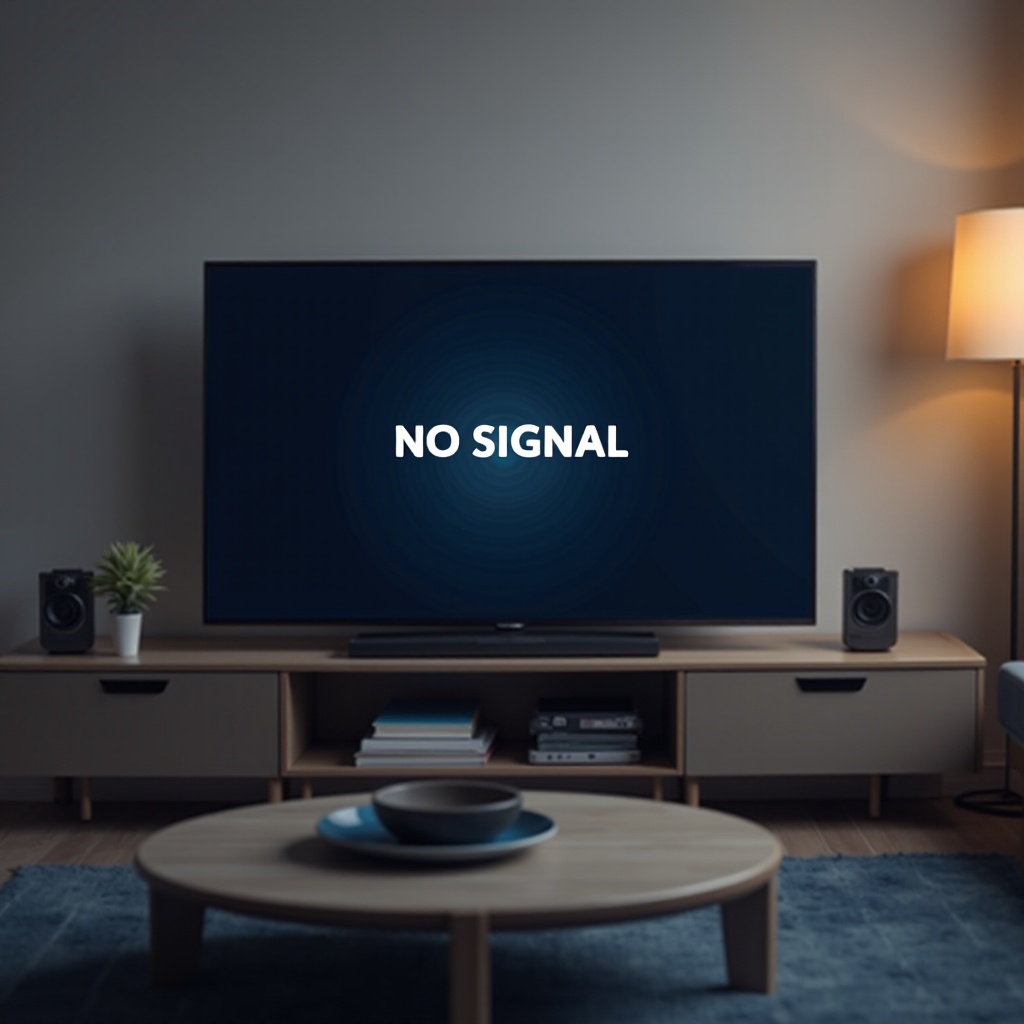Introduction
Screenshots are a powerful utility on Android devices, allowing users to capture memorable conversations, essential information, and error visuals for troubleshooting purposes. This comprehensive guide will walk you through various methods of taking screenshots on Android, catering to a wide range of devices and user preferences.
While basic techniques apply to most Android devices, the diversity of Android models means there are also tailored methods for specific brands. From traditional button presses to innovative gesture controls, learning these approaches can significantly improve your smartphone’s usability. Let’s dive into the different methods available, ensuring you’re ready to capture any screen effortlessly.

Basic Screenshot Methods for Android
Using Button Combinations
Button combinations are among the most straightforward and widely used methods to capture screenshots on Android. Here’s how to do it:
-
Universal Android Method: Press and hold the Power and Volume Down buttons together for a moment. A visual cue will notify you that the screenshot is taken.
-
Older Devices: For some older models, you might need to use the Power and Home buttons instead.
Using physical buttons remains the fastest and simplest method for most users, ensuring quick access to screen captures whenever needed.
Activating Google Assistant for Screenshots
Google Assistant provides a hands-free method for taking screenshots, ideal for those who prefer voice commands:
- Navigate to the desired screen.
- Activate Google Assistant by saying ‘Hey Google’ or using the Assistant trigger.
- Instruct it to ‘Take a screenshot’.
Quick and intuitive, Google Assistant offers an alternative to manual button presses. With these basics covered, let’s move on to brand-specific techniques for an even more personalized capturing experience.

Device-Specific Screenshot Techniques
Taking Screenshots on Samsung Devices
Samsung smartphones offer a couple of exclusive methods for screenshot capturing:
-
Palm Swipe: Activate ‘Palm swipe to capture’ in the Advanced features section of the settings. To take a screenshot, simply swipe the side of your hand across the screen.
-
Edge Panel: Utilize Smart Select from the Edge panel on certain models to select and capture specific screen areas.
These distinctive tools cater to Samsung users who appreciate intuitive and streamlined ways to take screenshots.
Google Pixel’s Special Screenshot Methods
Pixel phones provide a seamless screenshot experience, aligning perfectly with the Android ecosystem:
-
Recent Apps Menu: Open this menu and select ‘Screenshot’ under the app thumbnail you wish to capture.
-
Button Combinations: Similar to the standard Android devices, use the Power and Volume Down button simultaneously.
Pixel’s smooth integration with Android ensures users enjoy a hassle-free screenshot process.
OnePlus and Huawei Devices
For OnePlus phones:
- Three-Finger Swipe: Enable this in gestures settings, and swipe downwards with three fingers to capture the screen.
For Huawei devices:
- Knuckle-Tap: Enable this via ‘Smart Assistance’, then knock twice on the screen with your knuckle to take a screenshot.
Both methods highlight the unique innovations employed by OnePlus and Huawei, promoting an enhanced user experience.
With these brand-specific techniques, you can now use your device features optimally for efficient screenshot capturing.
Advanced Screenshot Features
Scrolling Screenshots
Certain situations require capturing more than what’s visible on the screen, like entire web pages or long text conversations:
- Devices like Samsung and OnePlus offer scrolling screenshots, accessible after a normal screenshot by selecting ‘Scrolling capture’ or ‘Expanded screenshot’.
This function is incredibly useful for saving large quantities of information in one go.
Gesture-Based Screenshots
Several Android models, particularly Samsung and OnePlus, support gesture-based screenshots:
- Utilize methods such as Samsung’s Palm Swipe or OnePlus’ Three-Finger Swipe for quick and convenient screen captures.
These gestures are intuitive, making the screenshot process instantaneous and fluid.
Using Third-Party Apps for Enhanced Features
If you’re looking for additional functionality, third-party applications such as ‘Screenshot Easy’ or ‘Super Screenshot’ can offer more nuanced options like advanced editing and timed screenshots. Available on the Google Play Store, these tools provide features beyond the native capabilities of most devices.
Understanding these advanced features allows you to make the most of your device’s capabilities, ensuring suit-your-needs screen capture.
Editing and Sharing Screenshots
Native Editing Tools on Android
Post-capture, most Android devices provide basic editing tools:
- These allow users to crop, draw, or annotate directly from the notification bar or within apps like the gallery.
These tools facilitate quick modifications without the need for separate applications.
Sharing Screenshots Quickly
Sharing your screenshots is as simple as:
- Tapping the share icon immediately after capturing, accessible from the notification tray or within your photo library, then selecting your preferred sharing method or app.
This feature simplifies the process of disseminating information quickly and efficiently to various contacts and platforms.

Troubleshooting Common Screenshot Issues
Be aware of some common issues you might face when trying to capture screens on Android.
Solving Button Combination Problems
If button combos fail:
- Verify you’re correctly timing the presses and using the right button pair.
Addressing App Conflicts
Certain apps may block screenshots due to privacy restrictions. If you encounter this:
- Review app permissions or try alternate methods like Google Assistant in permitted areas of the device.
Solving these complications will ensure that your screenshot experience remains smooth and trouble-free, allowing you to circumvent minor obstacles effectively.
Conclusion
Taking screenshots on Android, through a variety of basic, brand-specific, and advanced approaches, is a fundamental task for modern smartphone use. This guide aims to help you master screen capturing, overcome potential problems, and creatively use your screenshots for personal and professional needs. Embrace these methods to fully enjoy your smartphone’s capabilities.
Frequently Asked Questions
How do I take a screenshot on an Android tablet?
On tablets, use the Power and Volume Down buttons simultaneously as a universal method. Some models may have slight variations.
Can I edit screenshots immediately after taking them?
Yes, you can use the native editing tools available through the notification pop-up right after capturing a screenshot.
What should I do if my screenshot feature isn’t working?
Verify button functionality, ensure correct combinations, and consider using alternatives such as Google Assistant or third-party apps.


